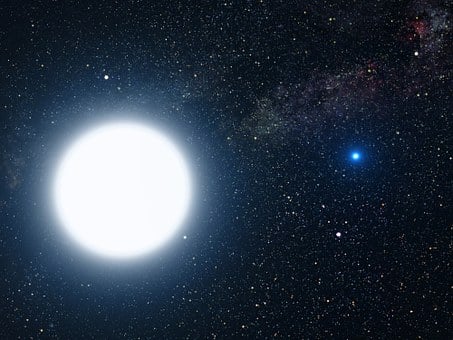California, July 2: A white dwarf is a small white-coloured star that is usually the size of Earth. White dwarfs are the remains of stars that once had mass larger than our sun. Astrophysicists (someone who studies the physics of the universe) from the California Institute of Technology discovered a white dwarf named ZTF J1901+1458. ZTF J1901+1458 is considered to be the smallest and the most massive (in weight) white dwarf ever seen. Ilaria Caiazzo, a Research Associate in Theoretical Astrophysics at Caltech, stated that the white dwarf has a greater mass than the sun even though its size is as big as Earth’s moon.

In this case, the mass of the white dwarf or a planet refers to the speed at which a particular object travels in one specific direction to escape a planet’s/dwarf’s gravitational force. Gravitational force is the force by which a planet draws an object towards itself.
While the sun takes 27 days to rotate around its axis; this white dwarf takes seven minutes to rotate around its axis! The axis is the orbit around which a celestial object revolves. The ZTF J1901+1458 white dwarf’s magnetic field is about a billion times stronger than Earth’s. The magnetic field is a field or area around the planet/dwarf that is attracted towards the planet/dwarf.
An atom is the smallest particle in a chemical substance. It consists of protons, neutrons and electrons.
1. Protons are positively charged particles present in an atom along with neutrons.
2. Neutrons are particles that do not have any charge and are present with the protons in an atom. Both the protons and neutrons are present together in a shell named the nucleus.
3. Electrons are negatively charged particles present in an atom. These particles are repelled by the protons with a positive charge and rotate in circular orbits around the nucleus in an atom.

Due to its high density (the mass of an object divided by how much space it takes up (its volume)) and huge mass of the white dwarf ZTF J1901+1458, the white dwarf ZTF J1901+1458’s electrons can be captured by the protons to form more neutrons. The core of the white dwarf collapses when a large enough number of electrons are removed to form neutrons. Therefore, according to this hypothesis, the white dwarf ZTF J1901+1458 can collapse into a neutron-rich star.

